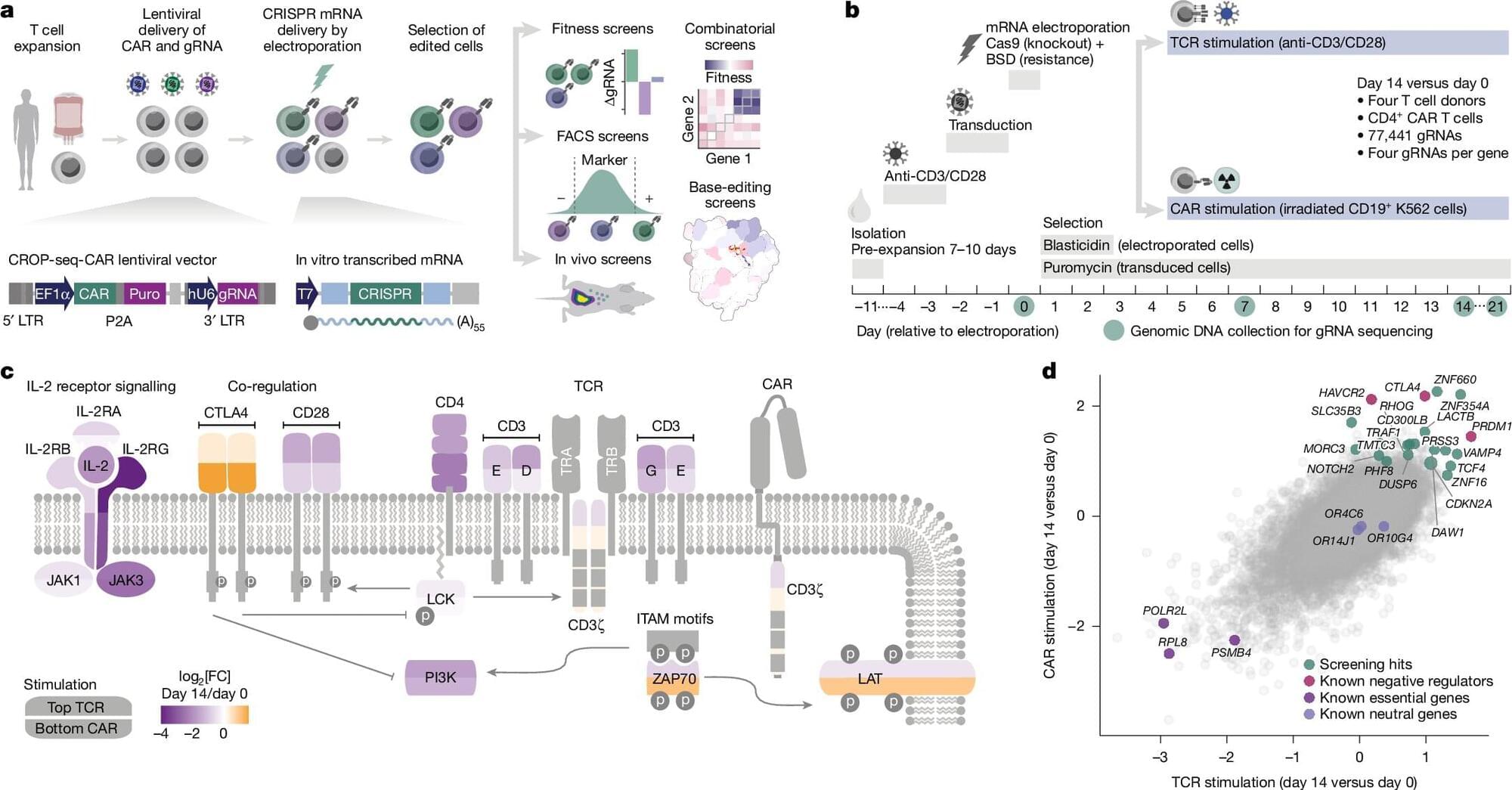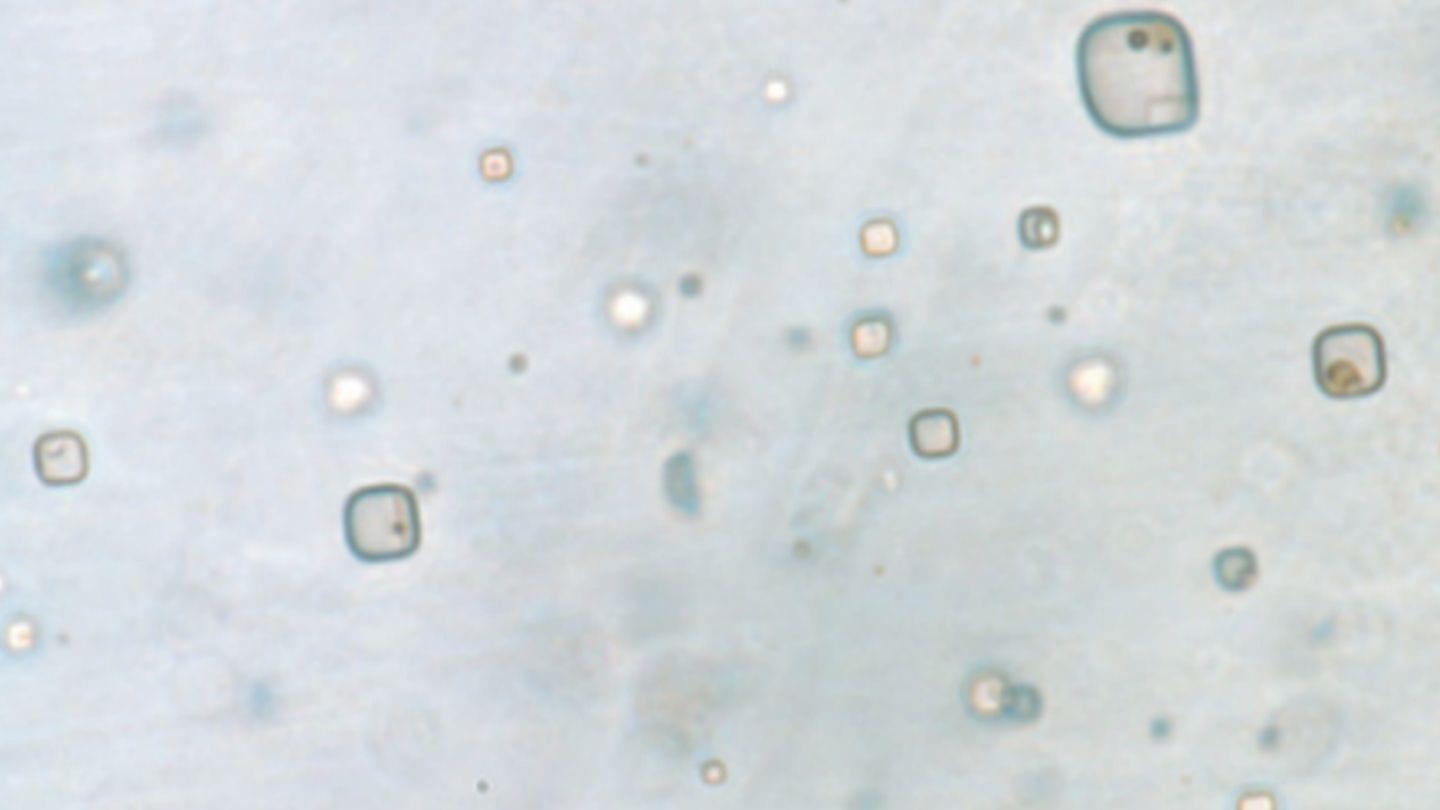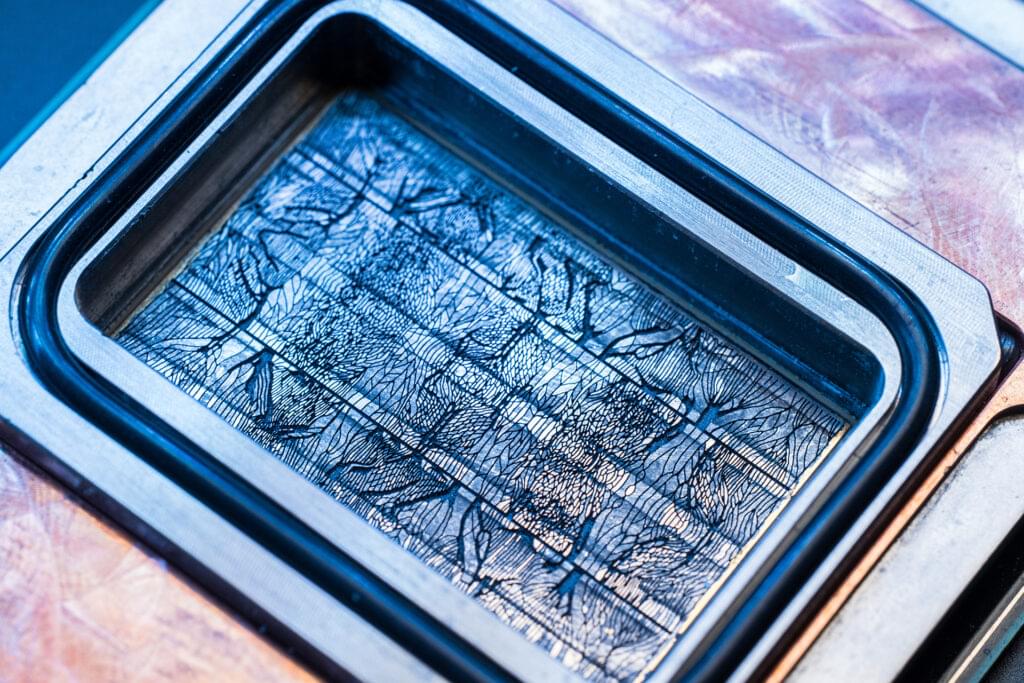CAR T cells are patient-derived, genetically engineered immune cells. They are “living drugs” and constitute a milestone in modern medicine. Equipping T cells, a key cell type of the immune system, with a “chimeric antigen receptor” (CAR) enables them to specifically recognize and attack cancer cells.
CAR T cell therapy has demonstrated its potential by curing patients with otherwise untreatable blood cancers. But it still fails for most patients, often due to T cell intrinsic dysfunction. To address their current limitations and to make CAR T cells intrinsically stronger, scientists at the CeMM Research Center for Molecular Medicine of the Austrian Academy of Sciences and the Medical University of Vienna have developed a new method for systematic discovery of genetic boosters of CAR T cell function.
The new study, published in Nature, introduces CELLFIE, a CAR T cell engineering and high-content CRISPR screening platform, enabling researchers to systematically modify CAR T cells and evaluate their therapeutic potential.







